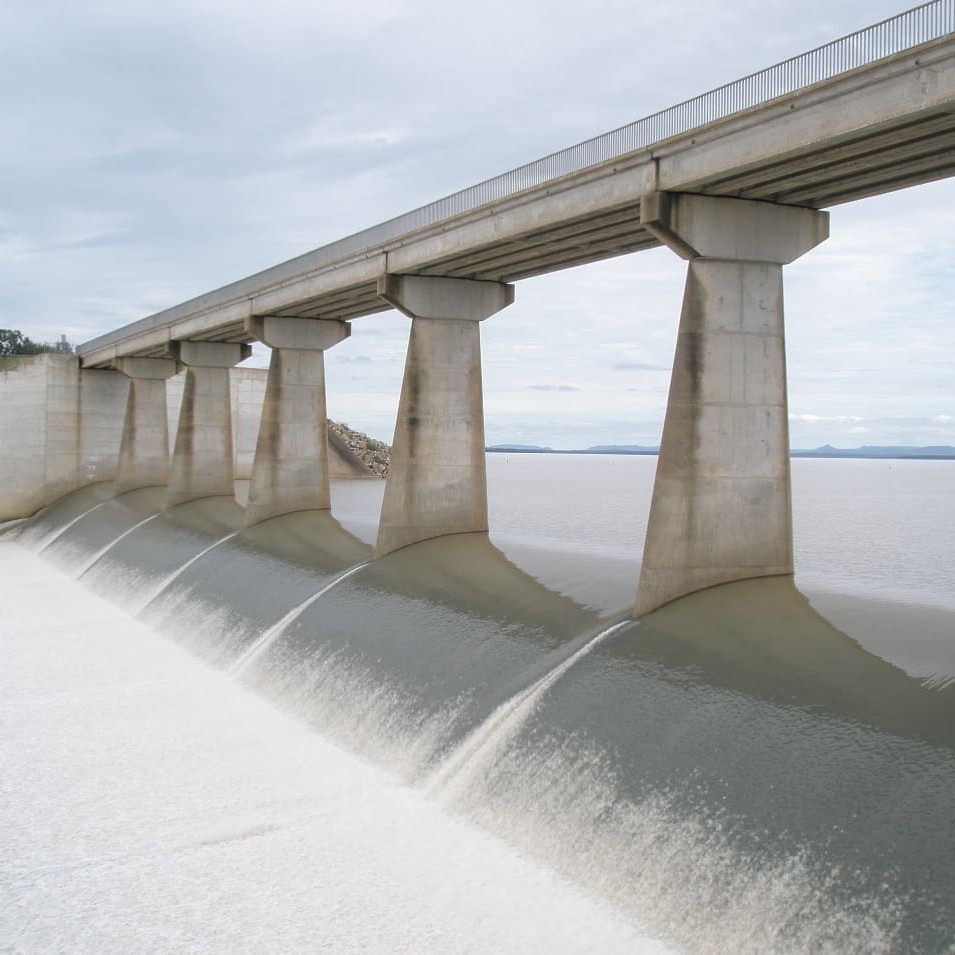 Australian primary producers want excess water from large flood events to be ‘banked’ in aquifers, for use in dry times.
Australian primary producers want excess water from large flood events to be ‘banked’ in aquifers, for use in dry times.
A survey by researchers at the National Centre for Groundwater Research and Training showed that the majority farmers in the Namoi catchment area in the Murray Darling Basin, for example, are supportive of water banking – storing surplus water underground – from large floods.
Their positive response is a big step towards providing rural and agricultural communities with additional water without drawing more from the over-extracted rivers of the Basin, says Professor Allan Curtis of the NCGRT and Charles Sturt University.
“Australia’s farmers manage around 65 percent of the continent and have access to large volumes of surface and groundwater,” Prof Curtis said in a press statement issued this week.
“With scientists predicting less rainfall and runoff in the southern Murray Darling Basin over the next 60 years, we urgently need to help them address the growing threat of water scarcity.”
Water banking, also known as managed aquifer recharge (MAR), should be the next step in water management in the MDB, Prof Curtis said.
Storing water underground is more efficient than saving it in the surface dams, on which Australia currently relies, he said.
“That is because large volumes of water are lost from surface storage by evaporation. Every year, the evaporative loss from farm dams in the Basin alone amounts to more than 1000 gigalitres – which is enough to supply Melbourne, Sydney and Adelaide with water for a year.”
As more places around Australia turn to water banking for later industrial or recreational use, researchers at NCGRT are exploring the possibility of re-charging depleted aquifers in farming regions using excess water from large floods.
The survey of 210 farmers in the Namoi region reveals that two-thirds supported the concept.
The Namoi was one of Australia’s prime agricultural regions and extracted the largest volume of groundwater for irrigation in the MDB, Prof Curtis said.
“It’s an ideal location for implementing water banking using excess flood water, as large floods occur regularly in the lower Namoi, and researchers predict that this will continue to happen in the future.”
“We found that the supporters of water banking are more business-like and more interested in fostering equal opportunities for all community members,” Prof Curtis said.
“They generally have larger areas for irrigation, buy water more frequently, own larger entitlements and spend more time on their land. One of the respondents wrote, ‘It is about time someone promoted artificial recharge, farmers in our area have been trying to convince government departments to develop the process for years’.”
On the other hand, those who expressed concern or opposed the idea said they needed more information about the concept, or were worried about possible negative environmental impacts, the survey revealed.
“It seems that they are less interested in production and profit if these outcomes negatively impact the health of the environment,” Prof Curtis said. “They are also more likely to have had the property in the family for longer.”
“There is clearly strong support for water banking, but we need to address the other views as well, because their concerns are valid and deeply felt,” he said.
“We also need to explore issues such as how water banking fits with existing water sharing plans and allocations both locally and along the MDB; who pays for the infrastructure where there are private benefits; and how to secure rights to water which has been stored in aquifers.”
Providing that it is carefully managed, water banking using water from large floods offered a largely ignored opportunity to achieve significant environmental, economic and social benefits, Prof Curtis said.
“It can help sustain the region’s agriculture, which is highly profitable. It can also replenish depleted aquifers and reduce evaporative losses from surface storages. This is potentially a win-win situation for all.”
The study “Managed aquifer recharge in farming landscapes using large floods: an opportunity to improve outcomes for the Murray-Darling Basin?” has been published in the Australasian Journal of Environmental Management. It can be accessed here.
- The National Centre for Groundwater Research and Training is an Australian Government initiative, supported by the Australian Research Council and the National Water Commission.
